Lampe medicale
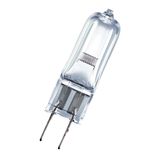
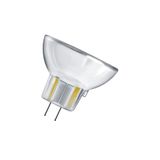
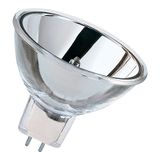
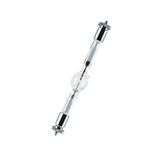
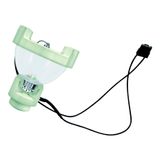


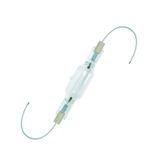
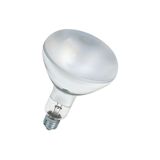

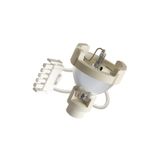
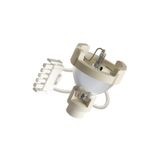
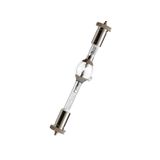
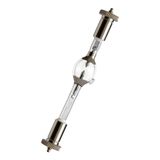
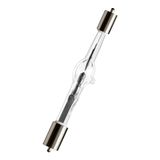

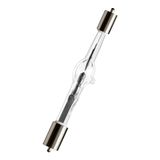

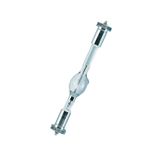
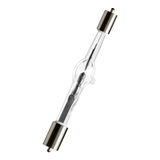

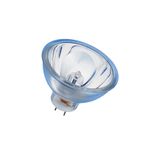

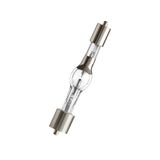
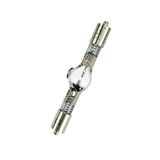

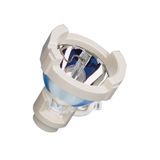
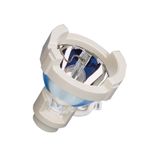
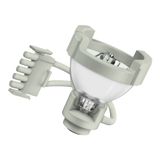
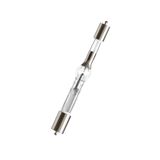
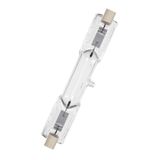
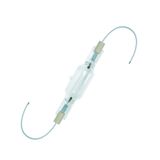
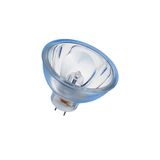

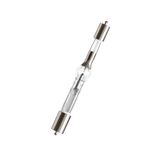
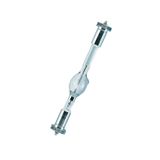
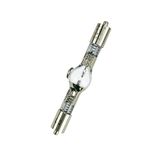

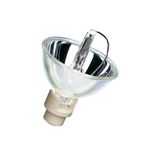
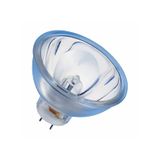
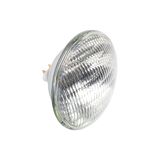
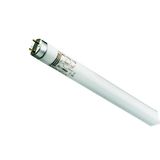

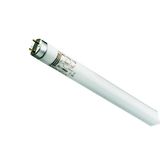
The need for medical lamps is becoming increasingly apparent in hospitals. They are a real workhorse for the medical profession. Not only do they provide good illumination, but they also bring greater precision to diagnoses and surgical procedures.
What is a medical lamp?
A lamp is first and foremost an object used by the medical profession to diagnose or treat a patient. With its intense light, this medical examination lamp illuminates the part of the body to be examined or operated on by the doctor. It is reliable, safe and effective.
Types of medical lamp
They are grouped in the following table:
Medical lamp types | Specific needs |
Halogen lamps | Ideal for medical practices |
LED lamps | Energy-saving, long service life |
Incandescent lamps | Mood lighting, less recommended for examinations |
Key features of medical lamps
Medical lamps, especially the medical examination lamp, are essential for healthcare professionals. They must offer adjustable lighting intensity to meet different clinical needs. These devices also ensure flexibility and mobility, making them easy to use in a variety of environments.
Adjustable lighting intensity
The d-lamp is dimmable. If required, the light can be adjusted to facilitate medical work.
Flexibility and mobility
The doctor's lamp or medical bed lamp is :
- Flexible.
- Easy to move.
- Adjustable in height and angle.
- Easy to put on wheels.
Heat and UV protection
With the medical lamp, there's no risk of burns. It features built-in protection against heat and UV rays.
Medical lamp applications
Diagnostic applications
Doctors use this examination lamp to :
- See body tissues clearly.
- Assess organs.
- Identify probable abnormalities.
Surgical lighting
Surgical lights illuminate the surgical site and add precision to the surgeon's field of vision.
Therapeutic use of infrared lamps
The medical profession uses them for therapeutic treatments. In physiotherapy and rehabilitation, this type of lamp relieves pain and improves blood circulation.
How to choose the right medical lamp?
Choosing the right bulb depends on a number of essential criteria. Type of use, energy efficiency and maintenance all play a key role. Each model must meet the specific needs of healthcare professionals.
Considerations for different practices
The type of luminaire varies according to practice. A gynecological lamp is suitable for specific examinations, while a medical magnifier lamp is useful for procedures requiring greater precision.
Lamp type | Specific use |
Gynaecological examination lamp | Gynaecological examinations |
Medical magnifying lamp | Precision for dermatological and dental care, etc. |
Energy efficiency and lifetime
LED lamps offer longer life and lower power consumption. They are often preferred for their :
- Long life (up to 50,000 hours).
- Low energy consumption.
- No heat generation.
Easy cleaning and maintenance
Simple maintenance is essential to ensure the longevity and hygiene of medical lamps. For optimum cleaning, it's important to follow these steps:
- Use products compatible with the materials.
- Clean surfaces regularly.
- Check removable parts to avoid dust build-up.
By taking these criteria into account, you'll be able to choose the right model for your professional needs.

